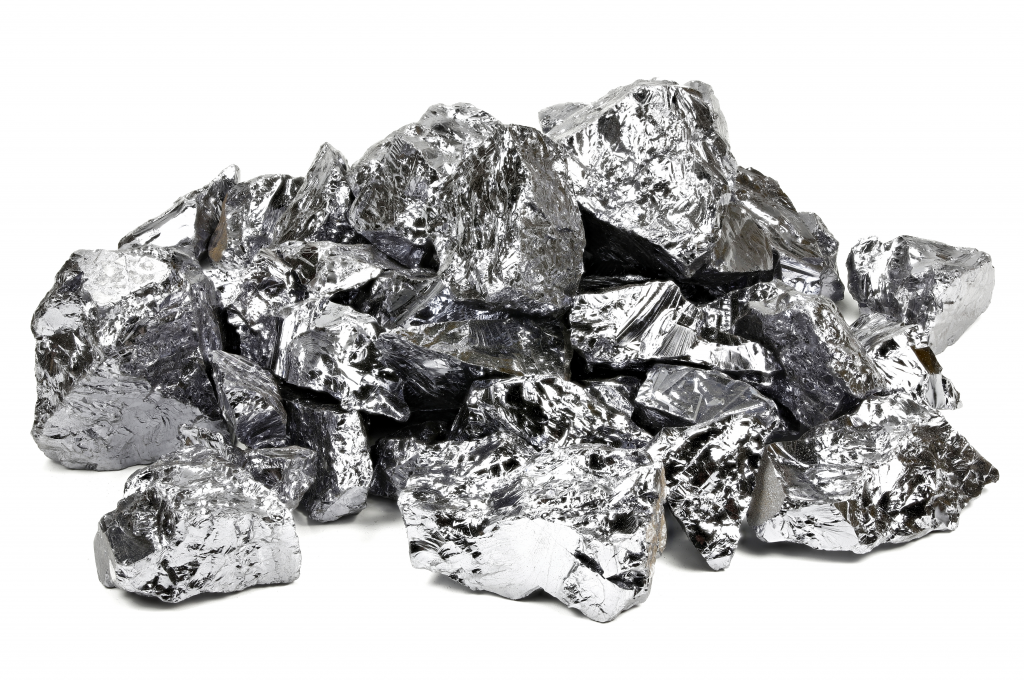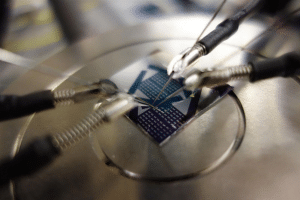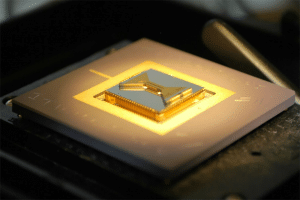
Polycrystalline Silicon Film丨Various Factors Affecting Surface Properties

Growth of polysilicon thin films have many methods, according to the preparation process can be divided into two categories, namely, direct preparation methods and indirect preparation methods. Direct preparation method is directly deposited on the substrate of polysilicon film, such as liquid phase growth method, chemical vapor deposition method, plasma chemical vapor deposition method, liquid-phase epitaxial method, etc.; Indirect preparation method is the first preparation of amorphous thin film materials on the substrate, and then solid-phase characterization of polysilicon film.
Reasons affecting the surface properties of polysilicon thin films
Effect of deposition temperature on the surface properties of polycrystalline silicon thin films
From the thermodynamic principle can be seen, the reactant molecules arrive at the substrate wafer surface, will occur mutual collision and nucleation on the surface of the wafer. With the deposition temperature increases, the critical nucleus radius required to form a stable nucleus will become larger, i.e., more atoms are needed to stabilize the critical nucleus, and the formed grains will be larger. In addition, silicon atoms need to overcome certain barriers to continuous growth, deposition temperature is higher, the mobility of atoms will become larger, the kinetic energy increases, the interface energy of the grain will be reduced, prompting the combination of diffusion between the grains, the film is easy to grow into a larger size of the island-like structure.
Effect of deposition time on the surface properties of polycrystalline silicon thin films
Deposition time has a great influence on the nucleation and growth of grains. The grain size varies with less deposition time and increases with increasing deposition time. The growth of grains can be considered as the formation of some atoms by self-diffusion through the intergranular boundaries of the grains, which are more inclined to minimize their area because of the interfacial energy. With the increase of deposition time, there is enough time for migration between the grains to occur and make the grain size larger.
Effect of annealing temperature on the surface properties of polycrystalline silicon thin films
The large increase in surface grain size after annealing is due to the fact that annealing gives atoms more free energy and promotes migration of atoms, resulting in agglomeration between atoms and recrystallization of grains. The changes in surface roughness at different annealing temperatures may be due to the further growth of the grains after the annealing temperature is increased so that the interface between the grains is reduced and the variability between some of the grains is reduced.
Reasons affecting thickness uniformity of polysilicon films
Effect of deposition temperature on thickness uniformity of polycrystalline silicon films
The degree uniformity of the film decreases with increasing temperature. The reason for this phenomenon may be due to the difference in air flow between the center and edge positions, the reactant molecules preferentially reach and nucleate at the edge of the wafer, and the growth rate of the film is significantly accelerated at higher temperatures. As a result, the variability of growth at the edge relative to the center is more pronounced.
Effect of reaction pressure on thickness uniformity of polysilicon films
The thickness uniformity of the film decreases slightly with increasing pressure. The reason for this phenomenon may be due to the difference in the air flow rate between the center and the edge position, the reactant molecules preferentially reach the edge of the wafer and nucleate, and the growth rate of the film increases due to the increase in pressure, so the growth of the edge relative to the center shows a certain degree of variability, but the variability is also smaller because the pressure's effect on the growth rate of the film is much smaller relative to the temperature.
Effect of silane flux on thickness uniformity of polysilicon films
The thickness uniformity of the polysilicon film is essentially unchanged with the silane flow rate. It indicates that the molecular profile of the reactants reaching the center and edge regions of the wafer is essentially the same with increasing flow rate.
1, with the deposition temperature increases, the growth rate of the film becomes larger, basically linear change, the growth rate is very sensitive to changes in temperature.
2, in the case of SiH4 flow rate and reaction pressure is small, with the increase of silane flow rate and reaction pressure, the growth rate of the film increases faster, basically linear change, when the SiH4 flow rate and reaction pressure continue to increase, the incremental change of the growth rate decreases. Both have a much smaller effect on the film growth rate relative to the deposition temperature.
3, the growth rate of the film basically does not change with the increase in deposition time. The reproducibility of film growth is very good, which can provide a basis for the growth of films of controllable thickness.
4, when the deposition temperature of 630 ℃, reaction pressure of 0.25 torr, flow rate of 360sccm for the more ideal deposition conditions, the uniformity of the deposited film and surface properties are better.
We offer Chemical Vapor Deposition (CVD) OEM Customization Services, Feel free to leave a message to inquire.
Process Principles and Applications of Optical Coatings
Principles and Applications of Optical Coating Technology The process principles of optical coating mainly involve
Understanding the four special properties of nanofilms
What are the special properties of nanofilms? Nanoscience and technology started in the 20th century



.jpg)